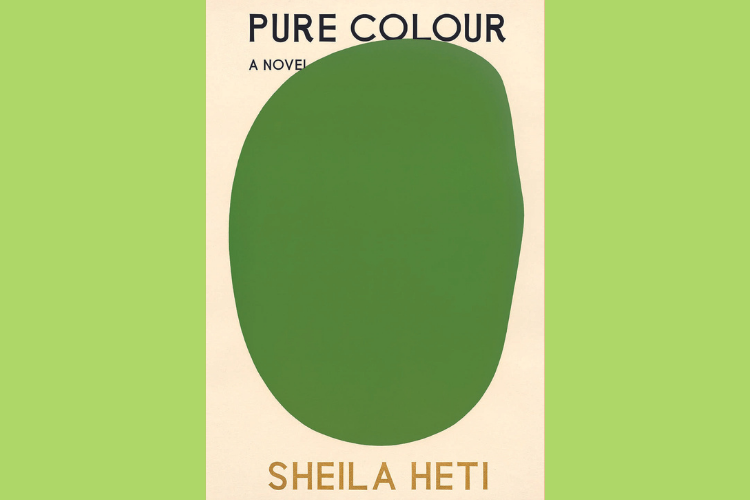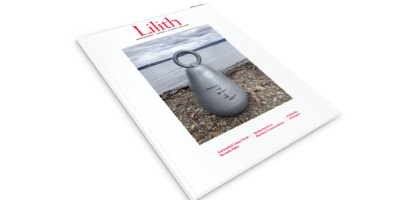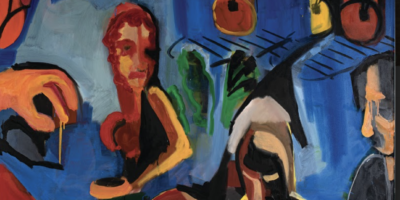
Dress Rehersal
What if this world was just God’s first draft, soon to be destroyed so He could have another go? That’s how Pure Colour, the latest novel by Sheila Heti, begins— and it is not the novel’s only conceit. The people in this current, flawed world come in categories—some are like birds (creative), others are fish (social) and some are more like loving bears. At one point its heroine Mira (a bird), becomes a leaf.
What saves this whole construct from whimsy is that Mira’s transformation happens because she has lost her father and become estranged from herself. Heti’s writing on grief is amazingly raw, visceral and messy. She can also be surreally, savagely funny–and the mix of humor and grief is certainly a Jewish-feeling combination. Mira, stuck up a tree, cannot walk away from her unhappy situation for the simple fact that she no longer has legs; “Now she could do nothing but convert sunlight into food, and even that wasn’t very much fun.” In this strand of the novel, Heti seems to be writing from the same place as her two maddening yet dazzling works of autofiction How Should a Person Be? and Motherhood, willing to dwell in the difficult places, to wrestle, to be frustrated and to frustrate, to resist easy epiphanies. But for most of Pure Colour, Heti seems, instead, to be trying to smooth away the fascinating rough edges, to try to write a perfect, philosophical fable.
While Heti’s previous heroines were so intense, so alive that they felt almost too close for comfort, Mira seems curiously distant. Perhaps this is because, unlike the miserable, blocked playwright in How Should a Person Be? or the broody, uncertain memoirist in Motherhood, Mira is not an artist but a would-be critic. In a wonderful set piece, she goes to a lecture at the absurdly pompous American Academy of American Critics, where her professor opines that “A great artist rests back in the easy chair of his talent, and it’s like resting back in the warm hand of God. But [Édouard] Manet’s talent does not rest and
he is oblivious to his own stumbling.”
Mira finds Manet’s work “exquisite.” She wants art that is as restless and stumbling as she is, as she struggles with grief, and with her relationship with Annie, who is an orphan (it seems too distracting a joke to name an orphan character Annie) “Mira and her friends admired her deeply. She was who they were pretending to be.” Mira and Annie come together, are torn apart by grief, and never quite manage to reconnect. But it doesn’t seem to matter enough. Their story is constantly pushed aside in favor of quixotic philosophy, and the idea (only barely sketched out) that this is a parable about looming climate catastrophe. “Perhaps it won’t be so bad when we all die at once,” Heti writes, “once the second draft comes; perhaps it won’t be so upsetting. That we are made to die, one at a time, here in the first draft of existence—that is the pain and the longing. That is the beautiful.”
When Mira thinks about the future, about what life might be like in God’s second draft, she muses that “There is something exciting about a first draft—
anarchic, scrappy, full of life, flawed. A first draft has something that a second
one has not.” In Pure Colour I missed the anarchic, scrappy, lived energy of Heti’s previous books that did not take themselves quite as seriously.
Samantha Ellis’s books are How to be a Heroine and Take Courage: Anne Brontë and the Art of Life. Her plays include How to Date a Feminist and Cling
to Me Like Ivy.




